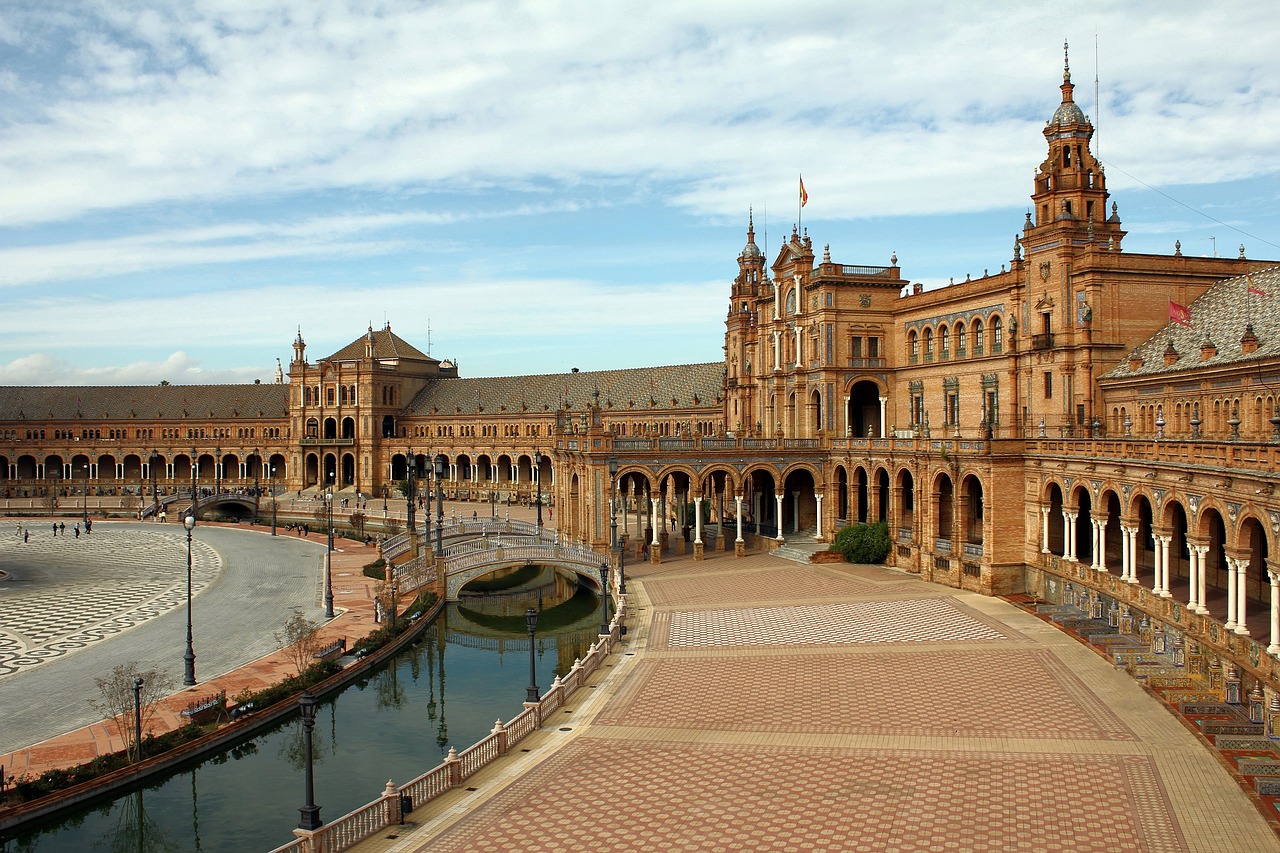
Plaza de España in Sevilla Tips en Info over het Plaza de España
The drama of Spain, impressive. Oct 2019. First stop: Plaza de España. In the early morning sun our assembled group passed through the Puerta de Aragon, an impressive tiled entrance to the Plaza de España, a stunning, expansive plaza built in the 1920s when Seville hosted the Ibero-American Exposition World's Fair.

Plaza de España Seville, Spain WT Journal
Seville's Plaza de España is an impressive and unique place in Europe in terms of architecture and design. It was built as a tribute to Hispanidad and the square is breathtaking in its size and beauty. It is a marvel that symbolises the rich history and culture of Spain. The square is a must-see tourist attraction and represents an important.
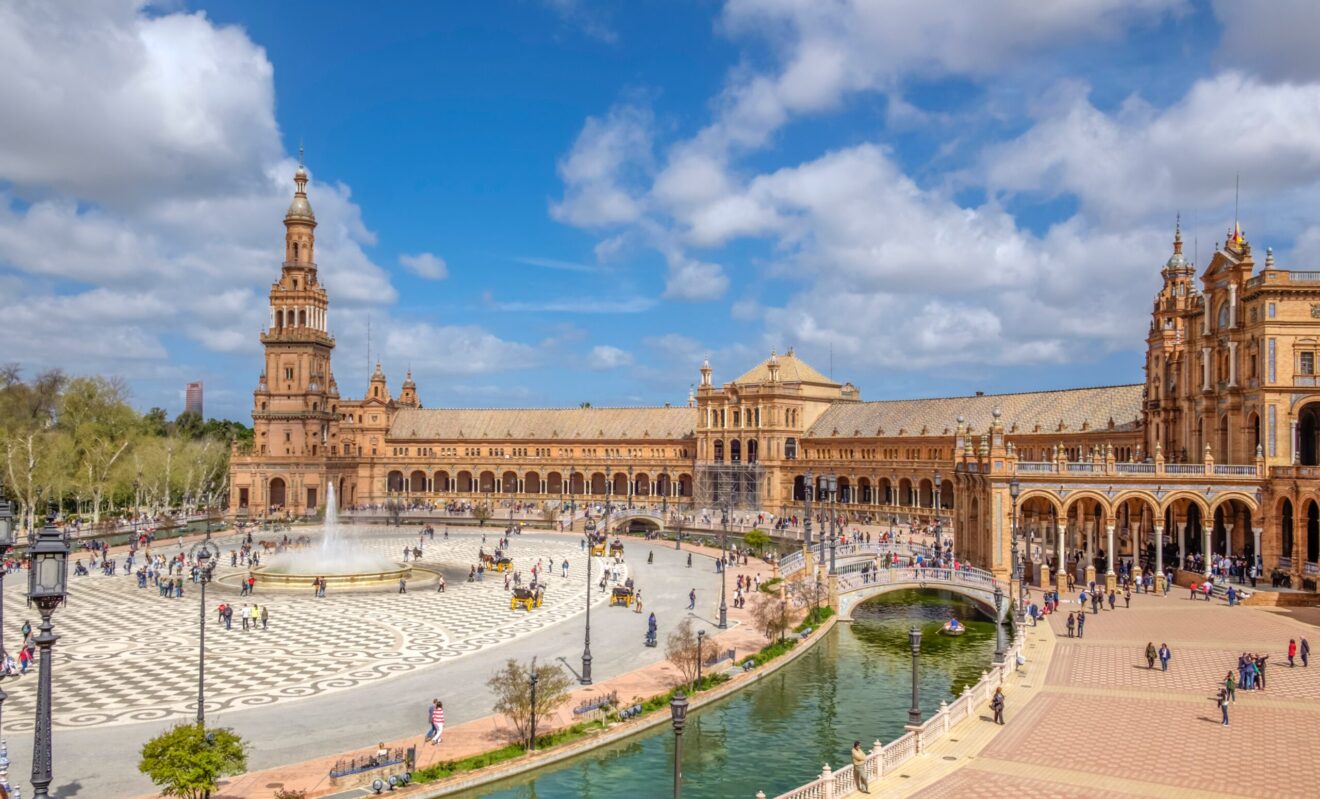
Vuelven los conciertos a la Plaza de España aforo, entradas y programación del Singular Fest
Painted ceramic benches representing all the provinces in Spain are arranged round the square. It was built because of the Ibero-american Exhibition of 1929, held in Seville. Its creator was Aníbal González. He mixed a style inspired by the Renaissance with typical elements from the city: exposed brick, ceramics and wrought iron (worked by.
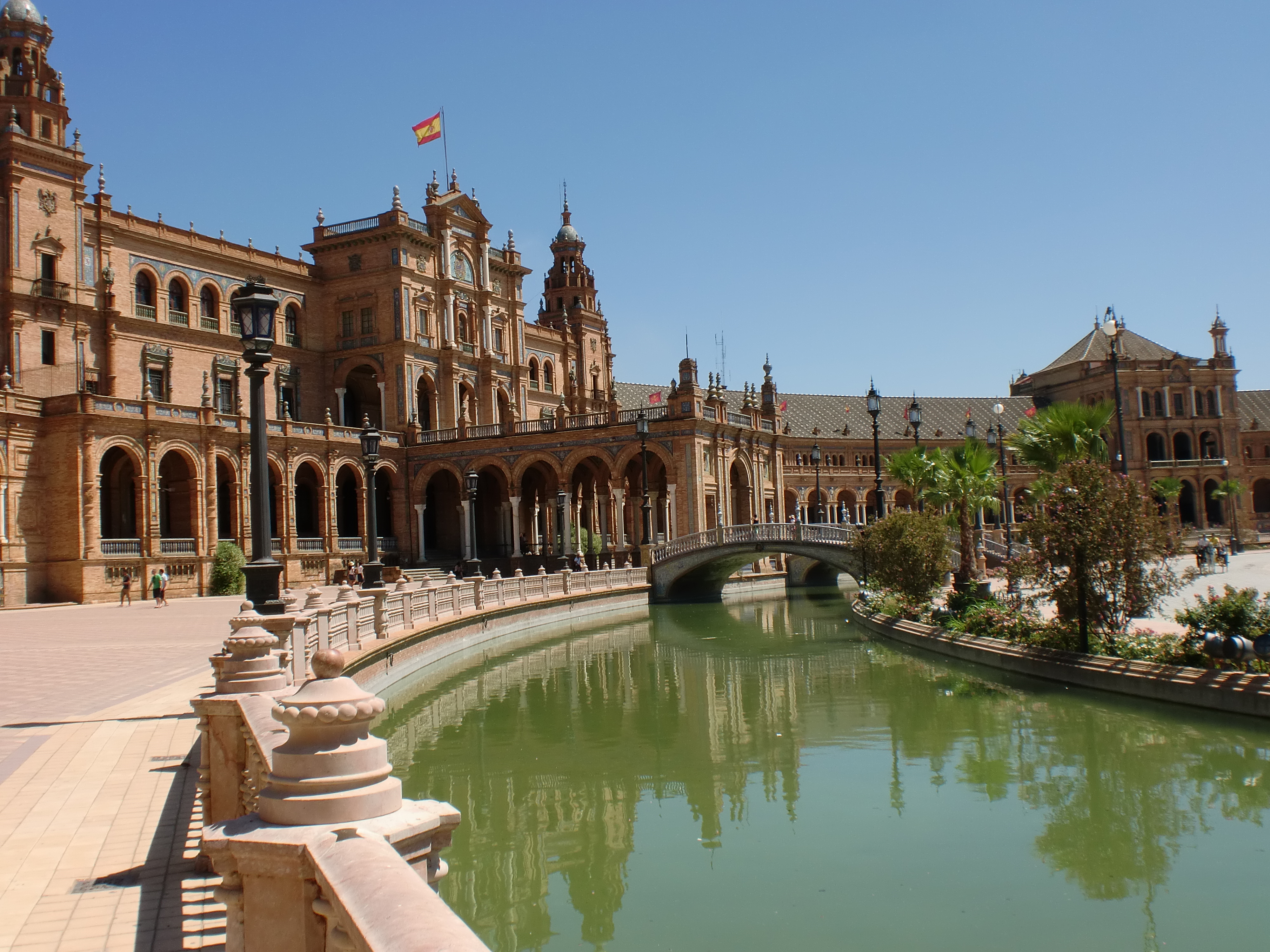
Plaza de Espana in Seville A Breathtaking Bit of Architecture Pommie Travels
The Plaza de España is the most significant monumental legacy of the Ibero-American Exhibition of 1929 in the memory of the people of Seville and the rest of the world. Built by Aníbal González in exposed brick and typical Triana tiles, as well as wooden coffered ceilings and wrought ironwork that give the square a marked Renaissance atmosphere.

La Plaza de España OciocostaMartianez
The Plaza de España in Seville is a magnificent architectural wonder that seamlessly marries Spanish Renaissance and Moorish Revival styles. One of its most enchanting features is the extensive use of azulejos, intricately designed ceramic tiles that adorn its walls and benches.These azulejos depict scenes from Spain's provinces, each showcasing unique local culture and heritage.

La Plaza de España, un símbolo de la unión de naciones en Sevilla
The Plaza Espana Seville is designed in a semi-circular shape. It is home to buildings, two towers, pretty mosaic benches, a large fountain, the Vicente Traver in the centre, encircled by a canal with bridges. The four bridges represent the four ancient kingdoms of Spain - Castille, Aragon, Navarre and Leon. This infamous Spain Square.
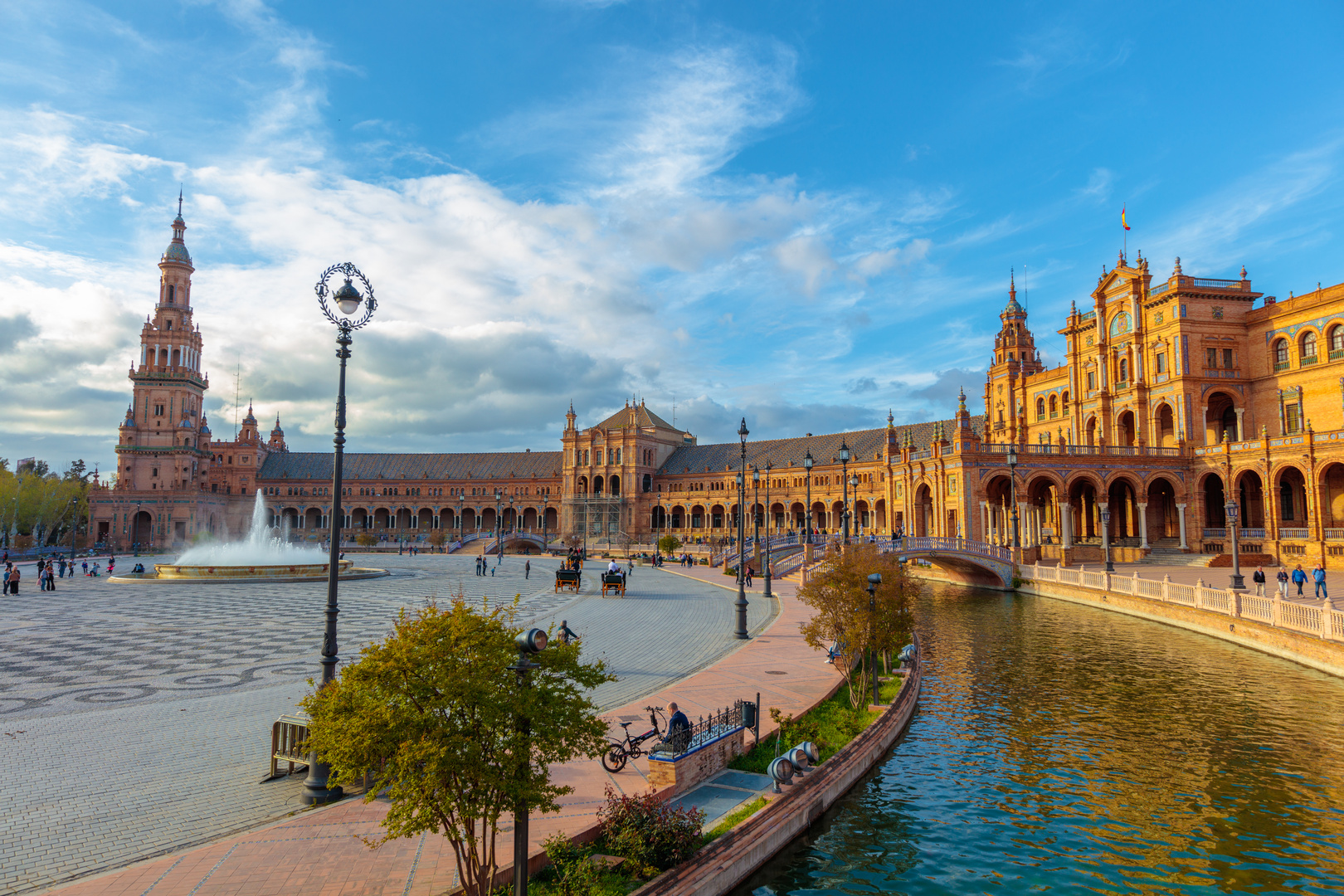
plaza España, Sevilla Imagen & Foto arquitectura, edificios, españa Fotos de
Plaza de España, 41013 Sevilla, Spain. With its grandiose architecture and myriad pops of bright color, Seville's Plaza de España is the stuff dreams (and once-in-a-lifetime photo ops) are made of. Yes, every guidebook lists it as a must-see in the Andalusian capital — and for good reason — but it's so much more than just a stunning.
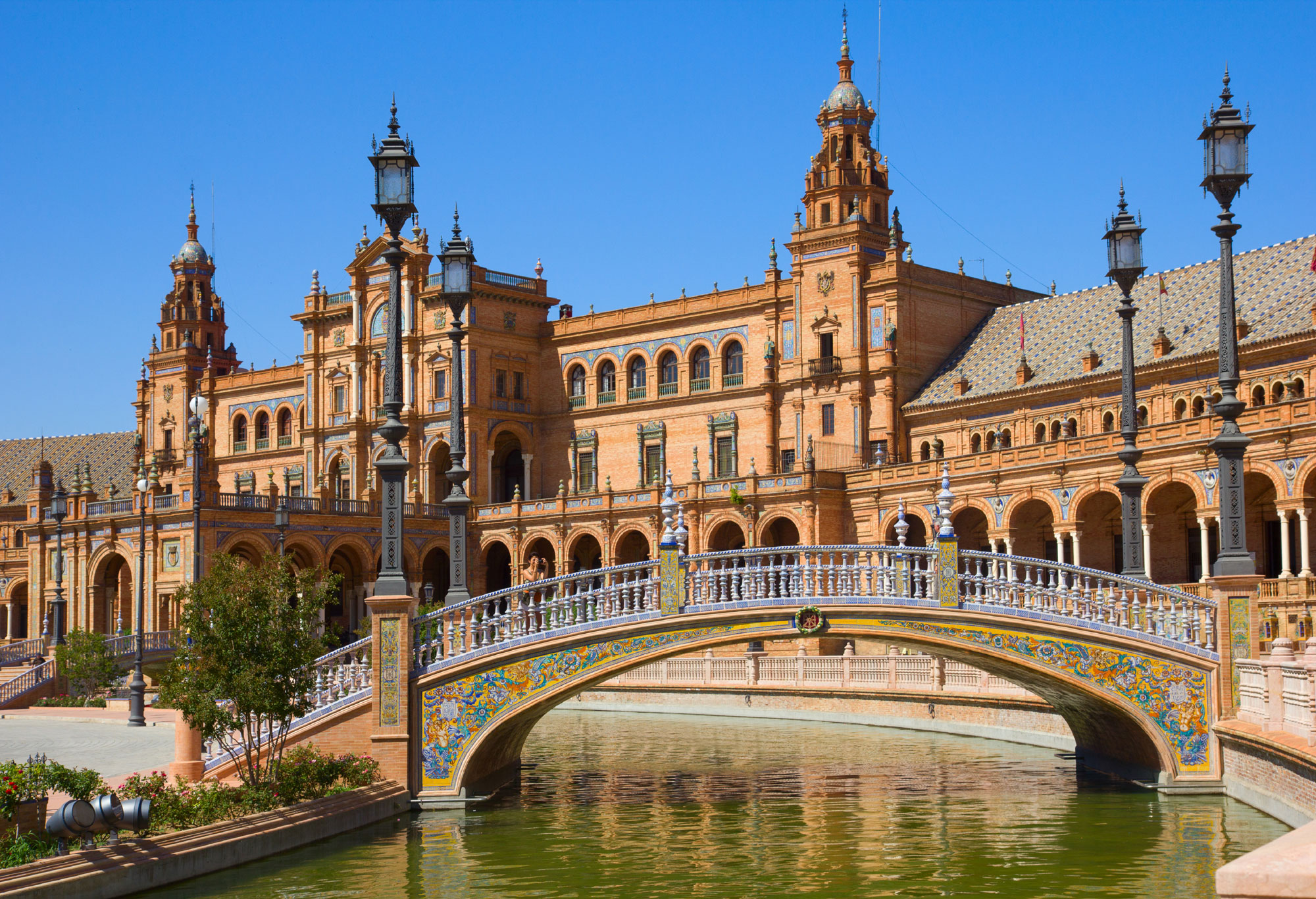
Sevilla, la ciudad regionalista Sevilla City Centre
Plaza de España. Built for the Ibero-America Exhibition of 1929, Plaza de España is a beautiful square that is not just one of the most famous and well-loved landmarks in Seville, but also in the entire country. Plaza de España is an impressive masterpiece that took 15 years to build, with some 1,000 workers each day.

La Plaza de España, un símbolo de la unión de naciones en Sevilla
The Plaza de España is a spectacle of light and majesty. Framed in the Maria Luisa Park, this square was designed by the great Sevillian architect Aníbal González as an emblematic space for the Ibero-American Exposition of 192 9. The result was a plaza-palace unique in the world. Its proportions are lavish; it has a total area of 50,000.
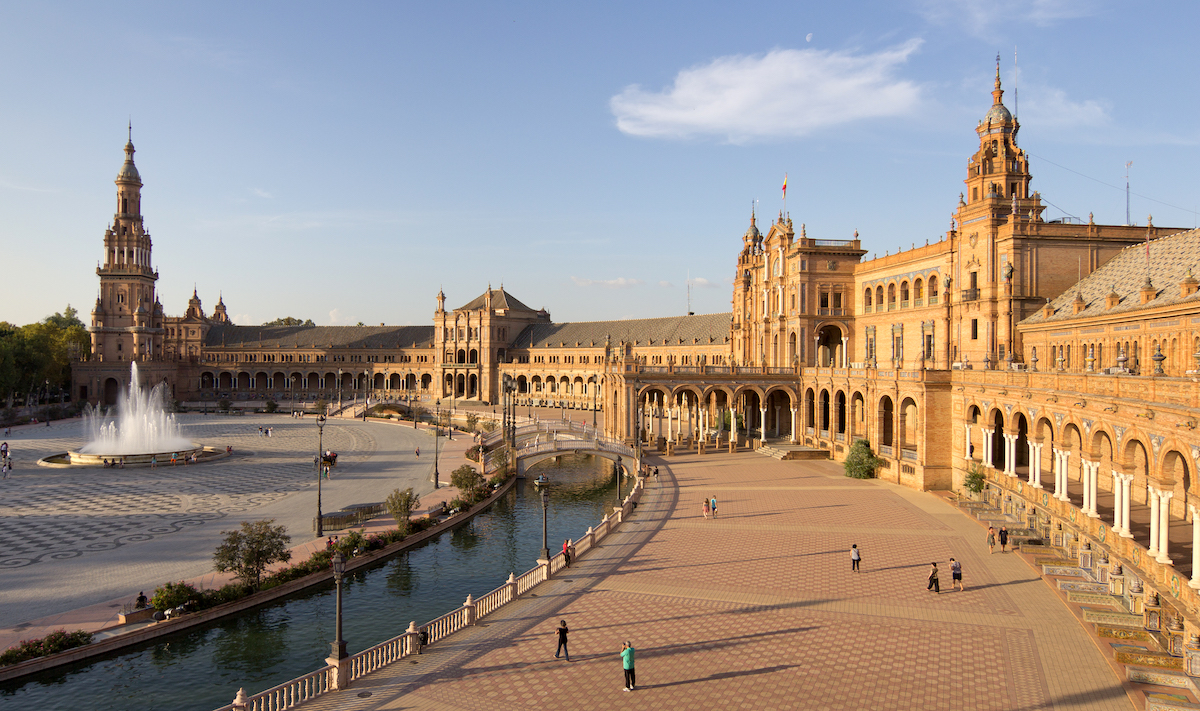
Plaza España de Sevilla Opinión, consejos, guía de viaje y más!
Visit the Maria Luisa Park and Plaza de Espana. The land that the park stands on was donated to the city in the 19th century. (Getty Images) The 84-acre Maria Luisa park is more than just a.
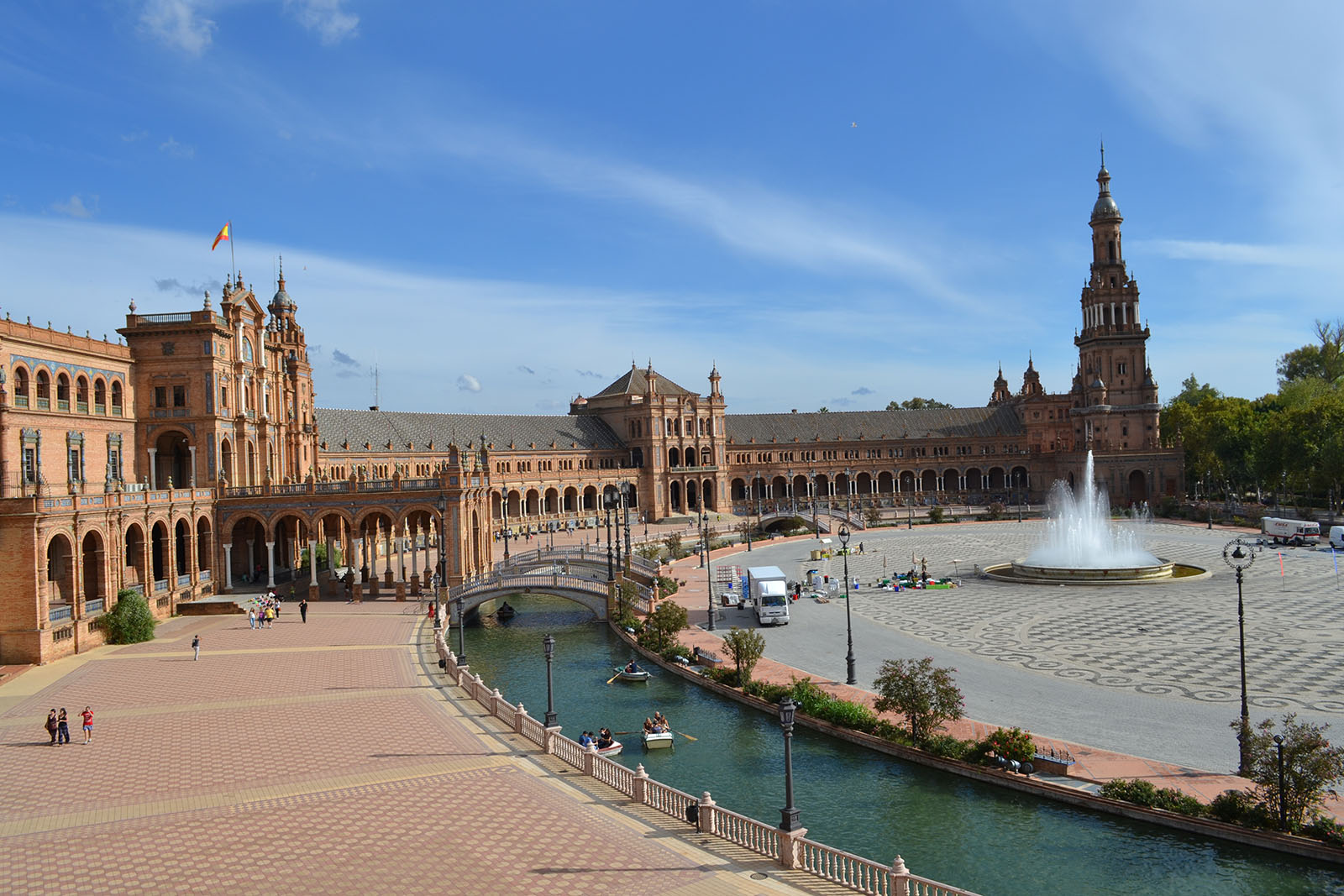
La Plaza de España en Sevilla Las Mil Millas
Plaza de España is the work of a Sevillian architect Aníbal González, who designed the space for the 1929 Ibero-American Expo. The plaza is now adjacent to Maria Luisa Park (don't miss a stroll here) and covers a total area of 50,000 square meters and counts itself among the most impressive plazas in Spain.

La plaza más conocida de Sevilla Seville, Spain, Visit europe
Visitar la Plaza de España de Sevilla, monumento único. La Plaza de España de Sevilla es uno de los escenarios arquitectónicos más impresionantes de Europa. Una enorme plaza homenaje a la Hispanidad y una obra única y eterna de Aníbal González, para el disfrute de visitantes y sevillanos. Visitas guiadas: Email o Whatsapp.
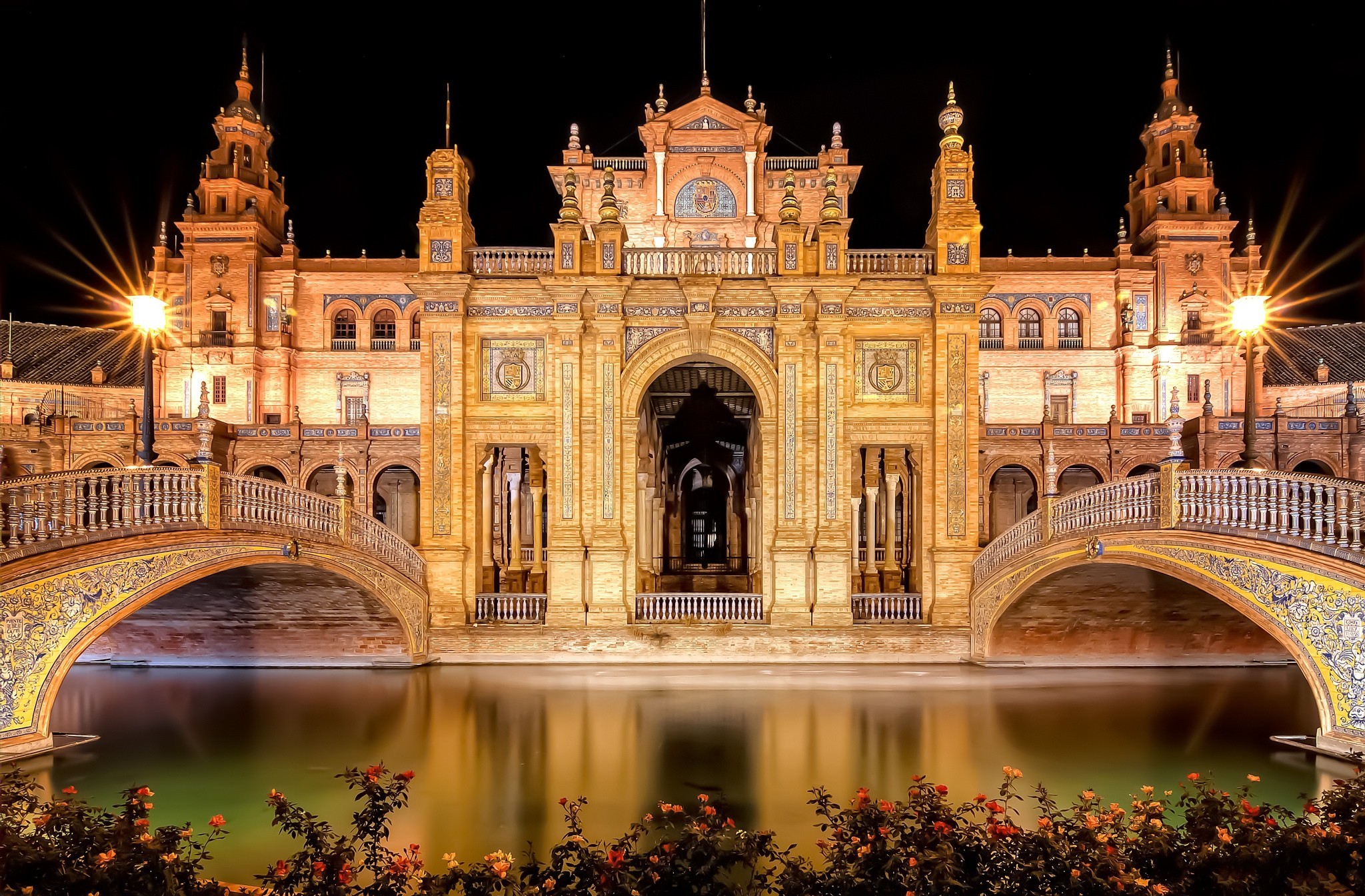
Plaza De España,Sevilla HD Wallpaper Achtergrond 2048x1345
The Plaza de España ("Spain Square", in English) is a plaza in the Parque de María Luisa ( Maria Luisa Park ), in Seville, Spain. It was built in 1928 for the Ibero-American Exposition of 1929. It is a landmark example of Regionalism Architecture, mixing elements of the Baroque Revival, Renaissance Revival and Moorish Revival Neo-Mudéjar.
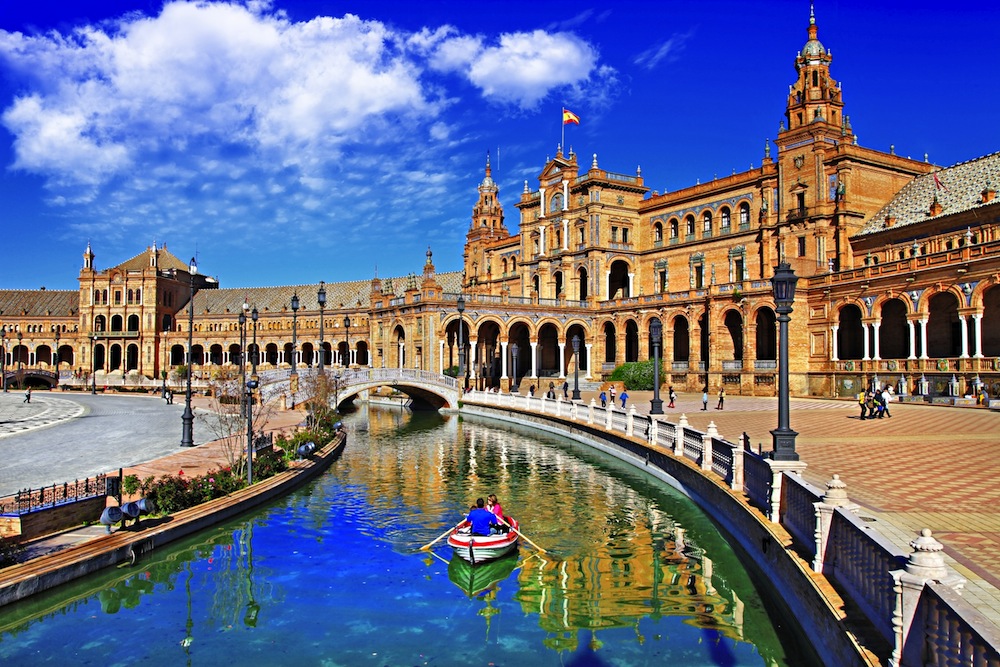
Plaza de España de Sevilla, visitas y dirección 101viajes
The Plaza de España in Seville is a place located in the center of Seville, Spain. A few years ago it was an important open-air exhibition center that people from all over the world visited when they traveled through Seville. Built in 1929 by Aníbal González, it is an architectural masterpiece that blends styles such as Art Deco and Spanish.
Plaza de España (Sevilla) Un Destino Entre Mis Manos
Seville's famous and iconic Plaza de España was built for the Ibero-American Exhibition World Fair of 1929. While the plaza was once the centrepiece of the fair, it is now one of Seville's biggest tourist attractions which has even been used in the filming of huge hollywood movies.
/DSC_0121-de6fb86ec3694f05be16b77fd5e405fc.jpg)
Seville’s Plaza de España The Complete Guide
The Plaza de Espana or Spain Square is correctly spelled as Plaza de España (with an Ñ, a peculiar letter we have in Spanish). This exuberant and magnificent place is located in María Luisa Park. It was one of the main constructions and symbols of the Ibero-American Exposition World's Fair that took place in Seville in 1929.